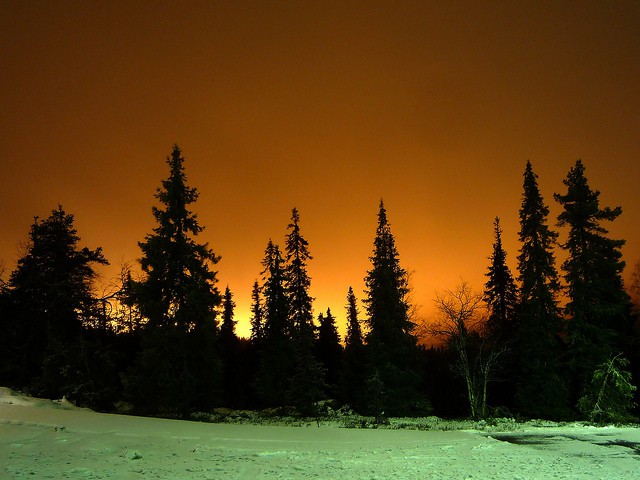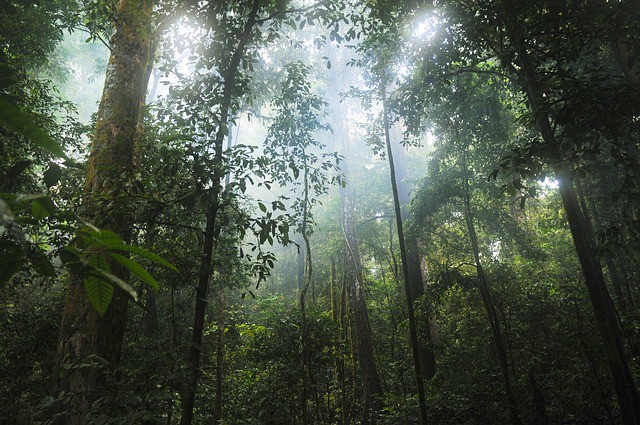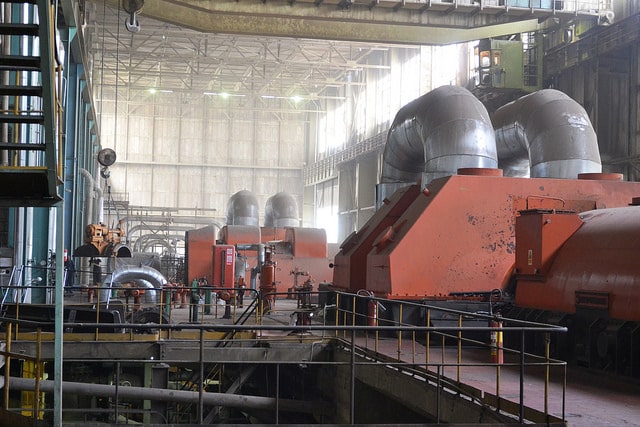Various Causes of Light Pollution

Light pollution is attributed to lengthened and excessive use of artificial lights or outdoor lights, such that it results in the brightening of the skies at night and changes in the natural lighting. As a consequence, it upsets the activities and natural cycles of wildlife and also affects the welfare of humans.
Whenever artificial lights are used where they are not intended, it causes a nuisance. For instance, too much outdoor light intruding into neighbor’s bedrooms can disrupt their sleep. Likewise, too much indoor light has implications on the health of the inhabitants of that room.
Light pollution can also affect plants and animals dependent on natural lighting cycle. Light pollution is also referred to as luminous pollution or photo pollution. The types of light pollution include glare, light trespass, and sky glow.
Here are the various causes of light pollution.
- Night Sports Stadiums
The floodlights used in sports stadiums and grounds specialized for major sports events frequently contribute to light pollution since the lights used are very powerful and end up disrupting the natural illumination at night. Also, the glares from the lights are reflected upwards, therefore, brightening the skies at night. These are particularly the big lights focused on the stadium and the surrounding areas.
- Car Lights and Street Lights
Roadway lightings are the biggest contributors to light pollution, especially in major cities and on the highways. This encompasses the hundreds of kilometers of powerful streetlights that remain lit the whole night on a daily basis.
When this is combined with the car lights during the night, the total roadway lighting contributes a great deal of light which brightens the skies and directs light to unintended areas. According to a survey on light pollution effects centered on roadway lightings, light emitted from roadways is approximated to constitute about 35% to 50% of all light pollution.
- Residential Places
Have you ever experienced too much light intruding into your home at night from your outdoor lights or from your neighbor’s house? This makes up light pollution in the residential areas especially owing to the spillover and glare type of lights.
Overhead, landscape, and garden lights intended for security and to add aesthetics to the view frequently causes a nuisance at night since they cause disturbance to people driving or walking in the areas. Besides, they contribute to the brightening of the skies and interference with natural illumination.
- Commercial Advertisements and Electronic Billboards
Within major cities and highways, it’s a common to find large electronic displays and bill boards lighting immediately darkness sets in. Very powerful lights light many of these electronic displays.
As such, the lights often wind up dispersed or reflected to unintended areas such as the skies and the adjacent areas brightening the environment and disrupting the natural illumination during the night.
Pubs, gaming and shopping centers, discos, and restaurants are also some of the leading areas within cities that disperse a lot of display lights to attract customers which cause light pollution since the lights used are dispersed haphazardly.
- Airports, Bus Stands and Train Stations, and Public Centers
Public centers such as city parks, bus and train stations, and airports are commonly lit by powerful lights which are not shielded from the spillover and glare effects thus producing a lot of light to the skies and unintended surrounding places. Furthermore, because most of these places still use the traditional lighting systems, they contribute to extensive light trespass, glare, and clutter at night.
- Carefree Culture
Many times, people leave lights on at their offices or at home thereby creating some form of light pollution. This particularly fits the scenario regarding residential light pollution. Simply, leaving the lights on all night is an irresponsible and carefree culture that not only leads to wastage but also light pollution.
- Urbanization and Dense Population
Urbanization and dense population growth rate are the underlying factors contributing to too many residential areas, businesses, and highway expansions hence causing the various types and causes of light pollution as discussed above.






